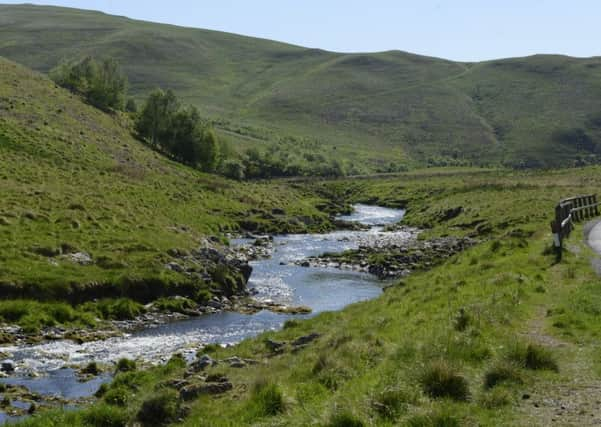Till Valley, Meeting


Three members volunteered to give a short talk on a topic of interest. This not only proved enjoyable, but informative.
Allan Colman opened with his talk on Deserted Medieval Villages of North Northumberland.
Advertisement
Hide AdAdvertisement
Hide AdHe outlined the usual plan of a medieval village, with its church, forge, green, common grazing land, mill, manor, etc, and explained why they became deserted.
During the 15th to 19th centuries the ‘Little Ice Age’, although producing average temperatures of only two degrees less than average, had a strong influence on people’s decisions to move away from isolated settlements. Combined with frequent Border raids, plague, crop failures and natural disasters such as floods, it was easy to see why people found greater security and prosperity in more populated districts.
Reminding us that the Black Death of 1348 killed a third to half of the population, which was much smaller at that time, Allan gave details of life, such as the origin of rhymes like Ring-A-Ring Of Roses and the custom of wearing masks to prevent infection. Living conditions for most people were appalling, with smoke-congested hovels and rats commonplace.
Remains of some of these villages can be spotted by humps and bumps in the landscape, ruined stone bastles and holloways on routes used regularly in the past. Humbleton, Middleton, Paston and Ancroft are good examples.
Advertisement
Hide AdAdvertisement
Hide AdThis was followed by a talk from Clive Hallam-Baker on the forthcoming Project Carham 1018 to 2018.
The Battle of Carham is not as well known as the nearby Battle of Flodden. It is not known exactly when or where it took place.
The project will be on an ambitious scale and has strong support. There will be a website, social media, a small visitor centre, educational resources, talks and a battlefield trail.
We heard how the battle was reputed to have been preceded by a comet, that there was a line of battle shields, axes and short spears were used, and that it was of short duration.
Advertisement
Hide AdAdvertisement
Hide AdThe prospect of a re-enactment was inviting, as was that of a grand march through Bamburgh. Note July 7-8 in your diary.
The evening was wound up by a presentation on football Mayan-style by Mike Keating, who had recently visited Central America where this had taken place.
It was invented about 3,000 years ago, was the reserve of the aristocracy and had elements of human sacrifice and decapitation.
We did wonder if a practical demonstration would be involved, but this proved impractical in the confines of Crookham Village Hall.
Advertisement
Hide AdAdvertisement
Hide AdOur speaker explained how all Mayan temples appeared to contain a games court of a common design and built of stone. The game could be fierce and boisterous and it was common to wear protection on the eyes and knees.
The ball was solid rubber and was not allowed to touch the ground. Players lay on the ground and attempted to hit the ball with their hips. Amazingly, Mike had discovered some archive film of the game, which he showed us. Scoring seemed obscure and the game could last for weeks.
Three very different topics from our own members proved a very interesting evening. We feel sure that there are more members with their own knowledge and expertise, and hope they will come forward and share this with us next year.
Our membership has now reached 118 within a few years.
If you are interested in history and archaeology, please come along to our next talk, which will be on Wednesday, January 3, at 7.30pm, in Crookham Village Hall, when local farmer David Lockie will be talking about Ford Westfield Farm in the 19th century, with excerpts from a diary written by John Black, resident there in 1863. Visitors are welcome.